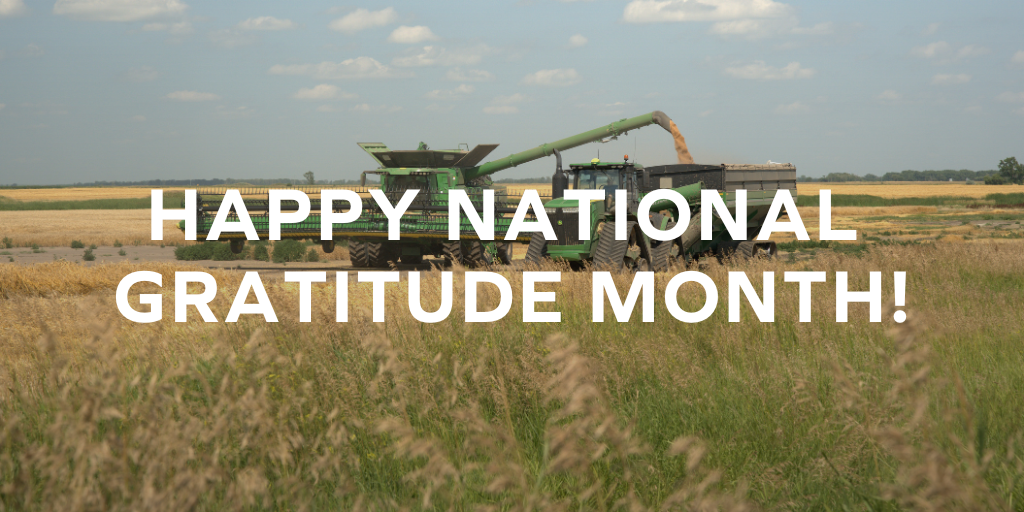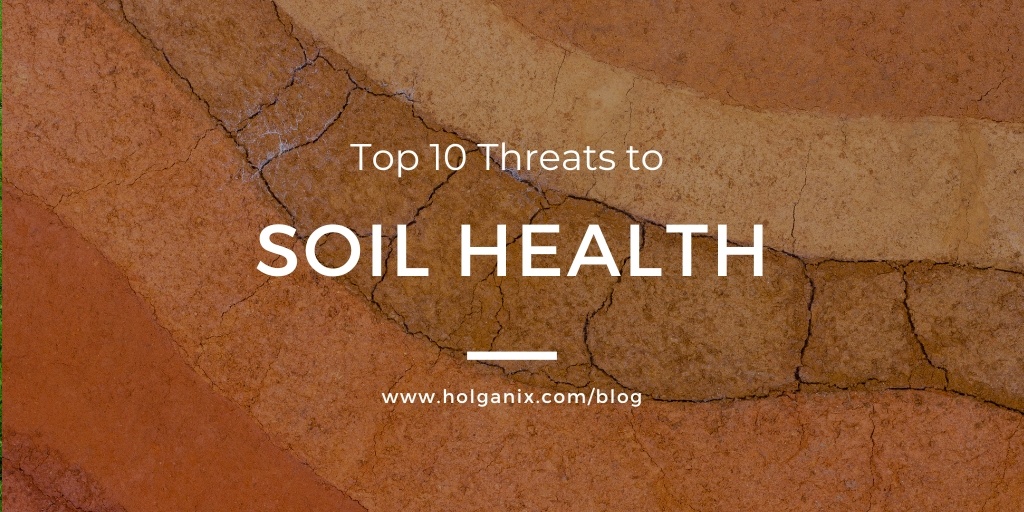
Earlier this summer, No-Till Farmer's Lead Content Editor for Conservation Agriculture, Brian O'Connor, sat down with Holganix President of Agriculture, David Stark Ph.D., to discuss how soil microbes break down crop residue. In this blog, we will discuss the following:
- The benefits of leaving residue on the field
- Striking a balance and the threat of having too much crop residue
- The factors that contribute to the decomposition of crop residue
- How Holganix Bio 800+ Breakdown works
Watch the full video interview
You will find the highlights from the No-Till Farmer conversation on crop residue in this blog. But, to dig in deeper, be sure to watch the first 30 minutes of the video interview below. If you are reading this blog via email, click here to access the video.
Why should you leave residue on the field?
From building soil health, to protecting your fertilizer investment, to providing an additional monetary value, there are a lot of reasons why you should leave residue on your fields.
- Building soil health - Keeping your soil covered is critical to maintaining and building soil health. Specifically, it reduces runoff and soil loss, conserves soil moisture, increases organic matter, and improves soil structure. “But also, all that crop residue is food for microbes,” explains Dave Stark. “The microbes will take that food and use it to cycle nutrients and build soil health.”
- Cycling nutrients - "We also know that there are a lot of nutrients tied up in crop residue,” states Dave. “For example, in one ton of corn crop residue, there is, on average 17 pounds of nitrogen, 4 pounds of phosphorus, 34 pounds of potassium, and 3 pounds of sulfur. You generate about a ton of crop residue for every 44 bushels of corn. That’s a lot of nutrients to add back to your farm.”
- Providing an additional monetary value - Crop residue can also be harvested and used as an energy source, fiber source, feed, etc.
Striking the balance and the threat of having too much residue
If you lose too much residue, your land can suffer from erosion problems, crusting when it rains, and, over time, would decrease the value of your soil. But too much residue can also cause problems. Farm equipment can jam, seed placement and emergence are affected, and soil temperature is affected.
“Uneven emergence of your crop can cost you in yield at the end of the season,” explains Dave. “What we want is to be able to keep residue on the field, but to control it, and not have it cause any problems come spring.”
The factors that contribute to decomposition of residue
How do you decompose crop residue? Crop residue decomposes when you have healthy microbial activity in the soil. Below are three key methods that can ensure you are promoting the microbial activity needed to decompose crop residue.
- Equipment - The more you can chop up or crush the residue, the easier it will be for the microbes to enter the holes within the crop residue.
- Feeding the microbes – Some products that are used in the fall for crop debris degradation provide food for microbes. “That’s not a bad thing,” reminds Dave Stark. “But, it is an assumption that you have all the right microbial species that you need in your soil.”
- Applying a microbial inoculant – Adding microbes that are focused on degrading lignin, pectin and hemi-cellulose will boost populations in the soil and hasten crop decomposition. “Scientifically speaking,” explains Dave, “this comes down to primarily fungi and protozoa.”
Meet Holganix Bio 800+ Breakdown
Holganix Bio 800+ Breakdown charges soil with a consortium of over 800 species of soil microbes, nitrogen, and microbe food. The microbes have heightened species that play a special role in crop residue breakdown.
What can you expect from Holganix Bio 800+ Breakdown?
- Enhances planter performance
- Breaks down crop residue
- Improves seed emergence
- Releases locked nutrients
- Builds soil health
- Improves emergence and stand establishment with any cover crop planted through residue
How Does Holganix Bio 800+ Breakdown Work?

Holganix Bio 800+ Breakdown contains an entire microbiome or community of organisms that is both abundant and diverse. In a single jug of Holganix Bio 800+ Breakdown, there are over 800 species of active microbes, microbe food, and nutrient enhancers. In addition, Holganix has spiked Bio 800+ Breakdown with powerful slow-release nitrogen.
To better facilitate the breakdown of crop residue, Holganix has tailored the microbes in this product to have heightened populations of microbes responsible for residue breakdown.
Some of these microbes include, but are not limited to, Aspergillus niger, Aspergillus terreus, Penicillium polonicum, Gluconacetobacter rhaeticusi, Janthinobacterium lividum, and Pseudomonas veronii.
These microbes break down crop residue to enhance planter performance, saving you time and frustration. Further, less crop residue means the soil warms faster, providing more evenly distributed seed emergence in the spring. These microbes also enhance your soil investment by releasing organic matter, building the soil microbiome, and unlocking nutrients in your crop residue.
Watch this 3.5-minute video explanation from David Stark, Ph.D., Holganix President of Agriculture. If you are reading this blog via email, click here to access the video.
 |
August 18, 2022
|
2:00 PM
|
August 18, 2022
|
2:00 PM





-1.jpg)
-1.jpg)
-1.jpg)
.jpg)

.jpg)
.webp)
-1%20(1).webp)
-831535-2.webp)



.jpg)
.jpg)
.jpg)
